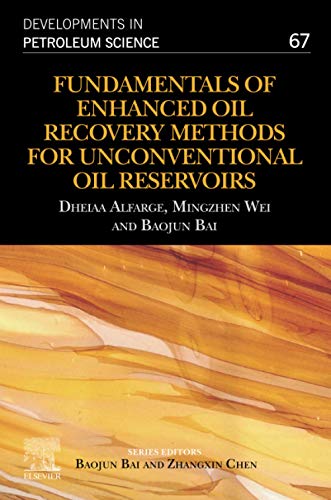

Most ebook files are in PDF format, so you can easily read them using various software such as Foxit Reader or directly on the Google Chrome browser.
Some ebook files are released by publishers in other formats such as .awz, .mobi, .epub, .fb2, etc. You may need to install specific software to read these formats on mobile/PC, such as Calibre.
Please read the tutorial at this link: https://ebookbell.com/faq
We offer FREE conversion to the popular formats you request; however, this may take some time. Therefore, right after payment, please email us, and we will try to provide the service as quickly as possible.
For some exceptional file formats or broken links (if any), please refrain from opening any disputes. Instead, email us first, and we will try to assist within a maximum of 6 hours.
EbookBell Team

5.0
108 reviewsFundamentals of Enhanced Oil Recovery Methods for Unconventional Oil Reservoirs, Volume 67 provides important guidance on which EOR methods work in shale and tight oil reservoirs. This book helps readers learn the main fluid and rock properties of shale and tight reservoirs―which are the main target for EOR techniques―and understand the physical and chemical mechanisms for the injected EOR fluids to enhance oil recovery in shale and tight oil reservoirs. The book explains the effects of complex hydraulic fractures and natural fractures on the performance of each EOR technique.
The book describes the parameters affecting obtained oil recovery by injecting different EOR methods in both the microscopic and macroscopic levels of ULR. This book also provides proxy models to associate the functionality of the improved oil recovery by injecting different EOR methods with different operating parameters, rock, and fluid properties. The book provides profesasionals working in the petroleum industry the know-how to conduct a successful project for different EOR methods in shale plays, while it also helps academics and students in understanding the basics and principles that make the performance of EOR methods so different in conventional reservoirs and unconventional formations.